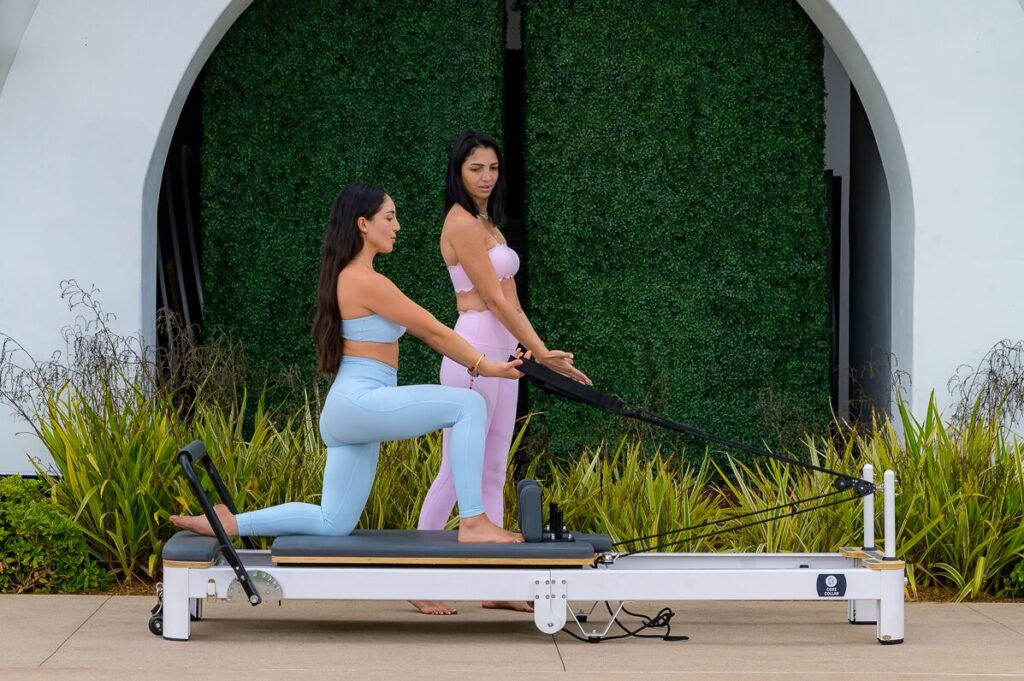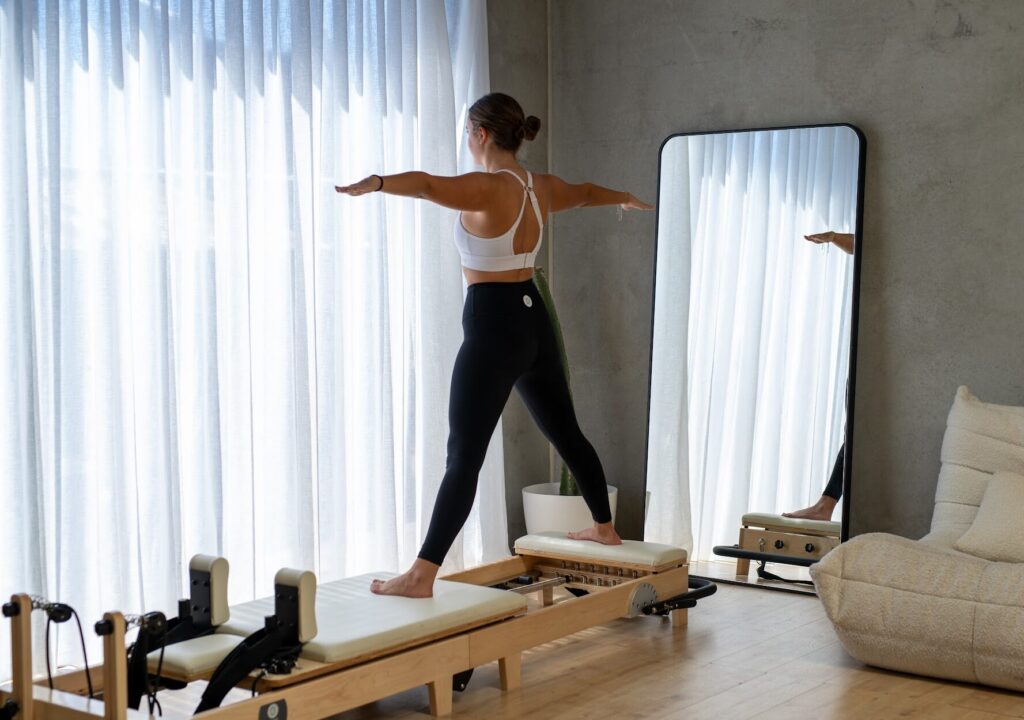Exercise should support the body, not break it down.
But too often, workouts leave people drained instead of energised. Soreness turns into strain. Motivation turns into dread. Instead of building strength, the body stays in survival mode.
That’s not wellness. That’s a warning.
Some fitness routines create more stress than they solve. They flood the nervous system. They overwork the joints. They trigger inflammation. Over time, that leads to burnout or injury.
There is a smarter way to train.
When Intensity Becomes a Problem
High-intensity workouts have their place. But they can overwhelm the body, especially when stress is already high.
Here’s how that happens:
- Cortisol levels spike and stay elevated
- Recovery becomes slower and more painful
- Joints take on more impact than muscles
- Sleep and mood decline due to nervous system overdrive
Many people assume more intensity means better results. But the body doesn’t work that way. Long-term strength comes from consistency, not collapse.
High-volume, high-impact routines often ignore one key principle: recovery is where strength happens. Without it, the body remains inflamed, tight, and under-repaired.
The Mayo Clinic explains that exercise helps relieve stress, but overtraining or intense exertion can have the opposite effect.
The Case for Controlled, Low-Impact Training
Low-impact training involves a moderate amount of strength without excessive stimulation. Instead of exhaustion, it concentrates on muscle engagement. It tones the central part, reinforces the joints and makes posture better.
The reformer machine is one of the best instruments for this. This equipment uses sliding platforms, adjustable resistance, and controlled motion to create full-body workouts that feel challenging but safe.
A reformer machine like the Sculptformer offers:
- Core-driven strength building
- Constant tension without high impact
- Customisable resistance for all fitness levels
- Safe alignment for knees, hips, shoulders, and spine
Unlike high-impact circuits, this method protects the body while still delivering deep muscle work. It trains movement patterns, not just muscles. It also encourages control, breathwork, and mindfulness during the session.
Why Reformers Are Gaining Popularity
Reformer machines were once seen as a niche. Now, they’re a leading solution for people who want smarter training.
Here’s why:
| Problem With Traditional Training | How Reformers Solve It |
| Joint pain from high-impact moves | The gliding surface supports smooth, controlled motion |
| Burnout from overstimulation | Sessions activate muscles, not the stress response |
| Weak core and poor posture | The core is engaged in every single movement |
| Imbalanced training patterns | Exercises target full-body muscle groups evenly |
| Unsafe progressions | Resistance and complexity increase gradually |
This equipment suits those recovering from injury, managing chronic stress, or simply seeking balance. It’s also perfect for people shifting from punishing workouts to a more sustainable routine.
Studios across the U.S. and Australia are expanding reformer-based classes because more people are asking for safe, effective, joint-friendly strength.
According to the National Institute on Aging, strength and balance exercises are essential for long-term joint function and injury prevention, especially when done in a low-impact format.

Reformer-Based Training That Balances Challenge and Recovery
Some resistance tools are designed to push the body beyond its limits. Others prioritise control, structure, and safe progression. The Sculptformer fits into the latter category.
This equipment combines the stability of a traditional Pilates reformer with features that allow for higher-intensity, full-body training. It supports controlled movement through resistance, making it suitable for users looking to build strength without adding joint stress.
This type of training is often used to support:
- Core activation and postural control
- Low-impact strength development
- Improved coordination and balance
- Regulation of the nervous system through steady, guided motion
Unlike approaches that emphasise fatigue or fast-paced intensity, this method encourages endurance through consistency. For those recovering from physical stress or aiming to avoid injury, it offers a measured alternative that supports both strength and recovery goals.
Signs a Workout Might Be Causing Harm
Not all workouts help. Some increase inflammation, worsen fatigue, or cause mental burnout.
Here are signs a routine is doing more harm than good:
- Feeling more anxious after exercise
- Needing long recovery times for basic movement
- Constant joint soreness or muscle tightness
- Low motivation or fear of workouts
- Sleep issues after high-exertion days
A strong body needs a calm nervous system. Stress-based training disconnects the two.
Smarter Fitness Starts With Listening
The nervous system plays a key role in physical results. When it’s calm, muscles activate efficiently. When it’s overwhelmed, the body holds tension and resists progress.
Reformer-based training supports regulation while improving strength. It keeps the body in a safe range of effort. This makes it ideal for:
- Beginners and older adults
- Busy professionals under stress
- People with past injuries or chronic conditions
- Anyone needing a more balanced fitness routine
It removes the guesswork. It removes the danger. It brings the focus back to movement that heals.
Controlled resistance builds both strength and awareness. That’s what makes it sustainable.
How to Transition Into Low-Impact Strength Work
Making the switch doesn’t require abandoning current routines. Start by replacing one high-intensity session each week with a reformer-based alternative.
Use this format as a guide:
Session Structure:
- Warm-up: 5 minutes of controlled breathing and core activation
- Main set: 20–30 minutes of resistance-based reformer movements
- Cool down: 5–10 minutes of light stretching or breath-led mobility
Repeat 2–3 times per week for noticeable improvements in mood, mobility, and muscle tone.
Tracking progress can also help. Notice changes in posture, joint comfort, daily energy, and emotional clarity. These signs often improve before visible muscle changes occur.
Real Results From Real Recovery
Controlled resistance may look gentle, but the results speak for themselves:
- Stronger deep core muscles
- Better posture and joint alignment
- Reduced tension in the neck, hips, and lower back
- Improved balance and control
- Steadier energy levels throughout the day
Better movement leads to better sleep, digestion, and focus. It also helps prevent long-term joint degradation, something that high-impact methods can accelerate.
This isn’t about losing intensity. It’s about gaining control.
A Smarter Alternative Worth Trying
Training doesn’t need to be extreme to be effective. Smarter movement uses precision, not pressure. It builds strength from the inside out. It creates energy, not drains it.
A reformer machine offers structure, safety, and real challenge. It protects the nervous system. It supports consistency. It delivers physical results without risking breakdown.
For anyone ready to feel strong and supported at the same time, this is the shift that makes it possible.



 Eve Buttenshaw is a wellness expert and contributor to My Healthy Living and Strategies, where she brings her extensive knowledge of mental health, nutrition, and holistic well-being to the forefront. Eve’s passion for empowering individuals to live healthier, more mindful lives is reflected in her thoughtful and informative content.
Eve Buttenshaw is a wellness expert and contributor to My Healthy Living and Strategies, where she brings her extensive knowledge of mental health, nutrition, and holistic well-being to the forefront. Eve’s passion for empowering individuals to live healthier, more mindful lives is reflected in her thoughtful and informative content.